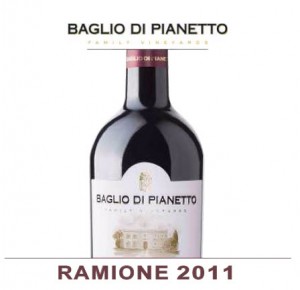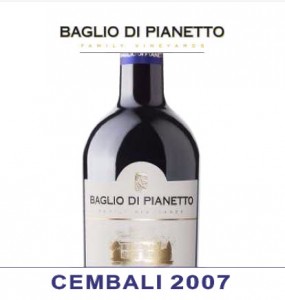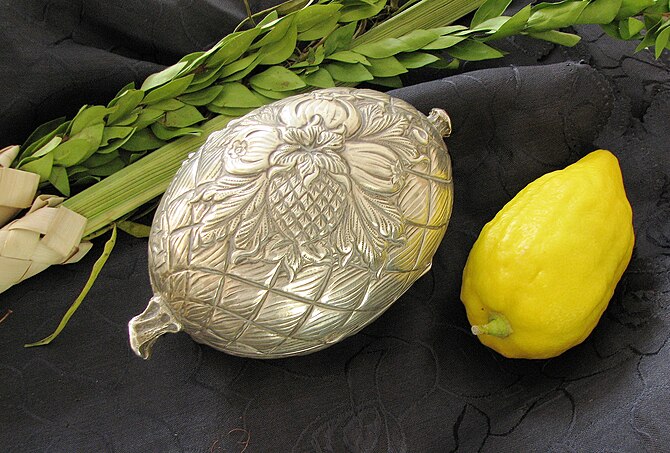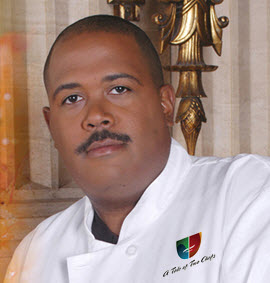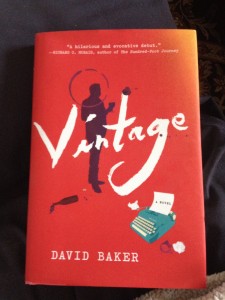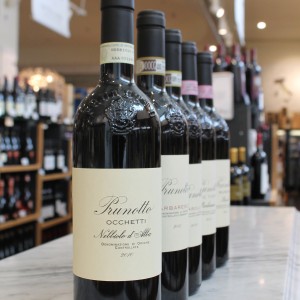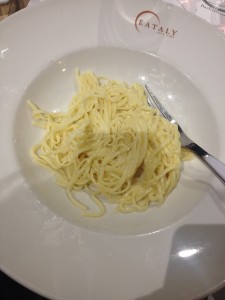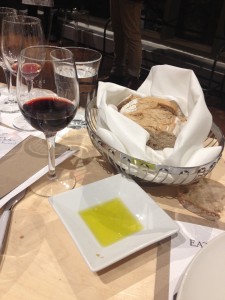
Chicago loves French cooking, and during the week of November 9-19, a bunch of French restaurants are inviting Chicagoans to sample the French table with prix-fixe menus for $33 or $44. Like Restaurant Week, this festival, called a la carte Chicago, gives you a chance to try a restaurant’s offerings at a reduced price—a great way to expand your culinary horizons.
Chicago French restaurants and associations teamed up to create this festival of menus, tastings and events around town. It will showcase the best efforts of chefs, bakers and wine-and-spirits experts all over the city. Check here for more information and a complete list of participating restaurants and other venues.
A la carte Chicago also gives you chances to go behind the scenes. Hone your culinary skills with cooking workshops—say, how a French chef does hamburger! Follow a French Chef throughout the day and experience the life of a master at work. Discover new cookbooks at special events. Indulge in an Oscar-winning French film. Share a lunch with the Consul General of France.
The final event of a la carte Chicago will be the 31st annual Passport to France—basically a huge party where you get to savor specialties from more than 50 local chefs and vendors. Get the word out to your friends:
Twitter: @alacarteChicago #alacarteChi
Facebook: https://www.facebook.com/AlacarteChicago
Instagram: @alacarteChicago
Partners include: Bistronomic, Chez Moi, Shaw’s Crab House, Sofitel Chicago Water Tower, Kendall College, French Pastry School, Viktorija Todorovska, Sommelier and Author of Provence Food and Wine: The Art of Living, Consulat General de France a Chicago, French-American Chamber of Commerce Chicago, Alliance Francaise de Chicago, Business France, Kendall College, and Watel / Davis.
Bon appetit!



